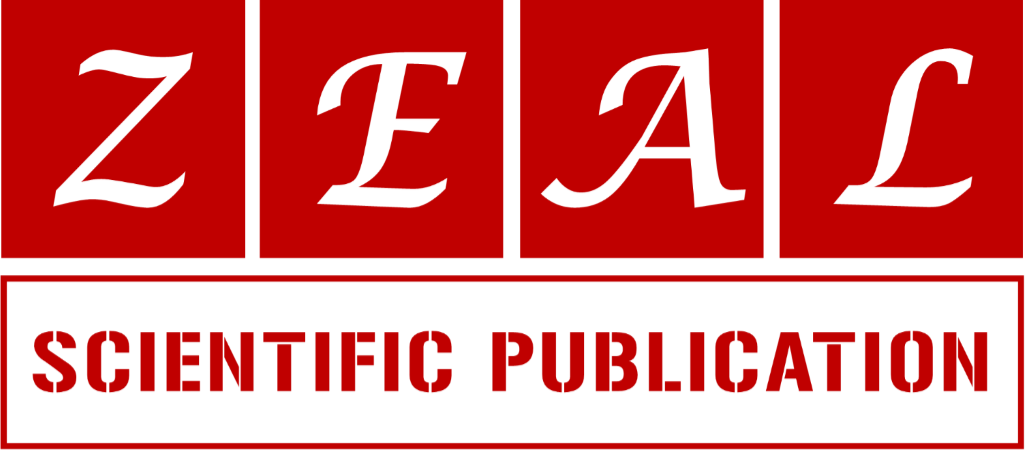Nutritional content of food served to pupils in National School Feeding Programme (NSFP) in Kaura Local Government, Kaduna State Nigeria
1 Department of Environmental Health Science, Kwara State University, Malete Kwara State, Nigeria.
2Department of Environmental Biology, Ladoke Akintola University of Technology, Ogbomosho Oyo State, Nigeria.
Research Article
World Journal of Advanced Science and Technology, 2022, 01(01), 078–084.
Article DOI: 10.53346/wjast.2022.1.1.0025
Publication history:
Received on 05 January 2022; revised on 24 February 2022; accepted on 26 February 2022
Abstract:
Nutritious food maintains good health, cognitive development, and academic performance in children, necessitating Nigeria's National School Food Programme (NSFP). Despite the economic growth observed in developing countries, malnutrition and particularly under nutrition is still highly prevalent. Therefore, assessing the food quality of the NSFP in terms of the nutritional content of food is essential at ensuring that the objective of improving access to education of the programme is achieved. This study assessed the nutritional content of food (proximate analysis) of food distributed to pupils by the NSFP in Bauchi local government, Bauchi state Nigeria. The study was a descriptive cross-sectional study and a simple random technique was used involving 17 schools and 5 different meals were sampled. Data were analyzed using descriptive statistics such as frequency tables and percentages. The result revealed that beans were mostly consumed. 0.04%-0.3%, 71.66%-75.56%, 0.02%. -0.6%, 6.2%-10.1%, and 15.7%-19.2 % in carbohydrate, protein, lipid, ash and moisture respectively while the nutritional content of white rice ranged from 73.6%-78.22%, 0.02%-0.7%, 0.2%. -0.7% ,7.2%-9.1% and 13.7%-17.5% in carbohydrate, protein, lipid, ash and moisture respectively. Also, the nutritional content of yam and stew served ranged from 70.71%-75.14%, 0.02%-0.4%, 0.12%.-0.56%, 7.7%-10.2% and 14.6%-18.9 % in carbohydrate, protein, lipid, ash and moisture respectively while the nutritional content of jollof rice ranged from 72.24%-74.13%, 0.05%-0.06%, 0.2%.-0.56% ,8.0%-9.3% and 16.2%-19.5% in carbohydrate, protein, lipid, ash and moisture respectively and nutritional content of yam and oil ranged from 71.0%-85.3%, 0.02%-0.8%, 0.03%.-1.2% ,1.63%-11.0% and 9.0%-17.0% in carbohydrate, protein, lipid, ash and moisture respectively. Most of the meals are high in carbohydrates and moisture with low protein. On the contrary, the quality, quantity and low in protein diets are of great health concern if the consumption of the foods were not complemented.
Keywords:
Proximate analysis; Nutritional content; Food quality; NSFP
Full text article in PDF:
Copyright information:
Copyright © 2022 Author(s) retain the copyright of this article. This article is published under the terms of the Creative Commons Attribution Liscense 4.0
